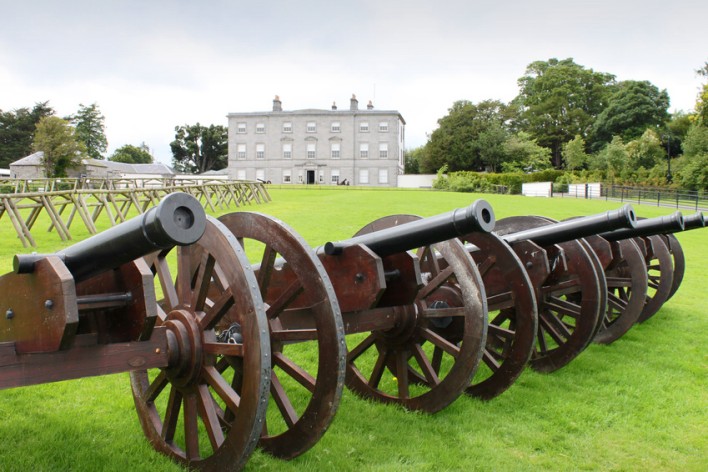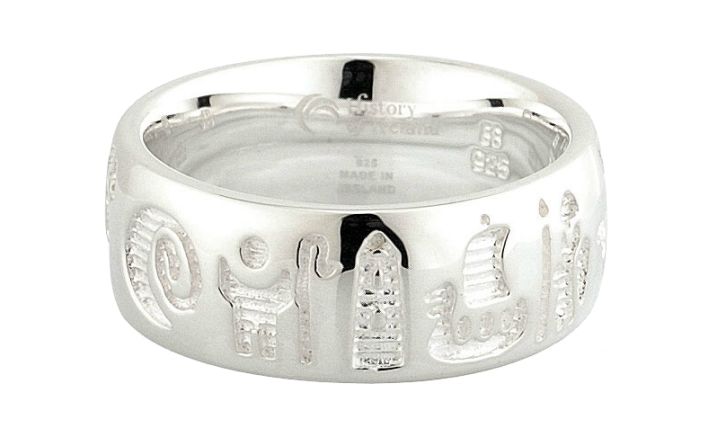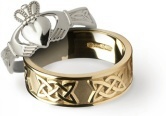Blog Categories
Blog CategoriesHistory of Ireland - Battle of the Boyne
 |
| Oldbridge Estate, Battle of the Boyne Visitor Center |
The Battle of the Boyne took place back in 1690 between James II, who was Catholic and William III and II of Scotland who was Protestant and known as the Prince of Orange. William and his wife Mary II, who was his cousin and the daughter of James had overthrown James two years previously in England.
Louis XIV of France saw an opportunity to strike out at William through Ireland and he supported James with French officers and with arms. They landed at Kinsale in 1689 to prepare. At the time, the army of the Earl of Tyrconnell ruled most of the island and he was a loyal supporter of James. James gathered a parliament which was of a Catholic majority and began the process of repealing the laws that had allowed Protestants to acquire land.
While the Earl of Tyrconnell, who was Catholic, was in power, Protestants had seen their influence decline across the army, law and in government. This was not the case in Ulster however, where they held on to their influence. In 1688, while James was King, the gates of the city of Londonderry were barricaded and a Catholic regiment under Lord Antrim was refused entry. Again in 1689, there was a 3 month siege when the city refused to surrender to James’s army and James eventually withdrew completely from the province.
William began planning around the threat from Ireland and a few months later that year in August, Marshal Schomberg arrived at Bangor, Co. Down with 20,000 troops and marched south to Dundalk. They were blocked by James’s army so failed to make it to Dublin. Both armies withdrew for the winter before William himself landed at Carrickfergus in June with a bolstered army.
A Huge Amount At Stake
The battle was eventually fought near the town of Drogheda at the River Boyne, a few miles west on July 1st, 1690 and both Kings personally took command of their armies. William’s army – the Williamites - was made up of 36,000 men and included English, Scottish, Danish, Dutch and Huguenots (French Protestants). James’ army, which was mostly Irish Catholics, bolstered by the French troops, made up about 25,000 men. There was a huge amount at stake – primarily religious power in Ireland but also the British Throne and French dominance in Europe.
All the fighting took place on the south side of the River Boyne and over 1,500 soldiers were killed. William eventually emerged as victorious. The Jacobite army soon retreated and before retreating to France, James personally rode ahead to warn those in the city of Dublin of what had happened.
William arrived in Dublin on July 6th where he had a thanksgiving for the victory at Christ Church Cathedral. The Battle of the Boyne is very significant as it is an important marker in the history of Irish Catholic and Protestant relations. The following year, the Battle of Aughrim was fought and William’s forces defeated James’s army. There is a commemoration every year on 12th July, principally by the Protestant Orange Order. The date was chosen as 11 days were lost when the Julian calendar changed to the Gregorian calendar in 1752.
The Battle of the Boyne is one of the symbols in the beautiful History of Ireland collection at Rings from Ireland.
 |
| History Of Ireland Collection |
